What Happens if You Don’t Treat Mould in Your Home
Not treating mould in your home can result in severe circumstances for your and your health as well as the future of your home. By removing and/or preventing mould from growing, you are saving yourself from a whole host of potentially dangerous, time-consuming and financially straining issues.
In this blog, we will show you what happens if you don’t treat mould in your home
With new buildings being made to be as energy efficient as possible, and the UK aiming for 95% of its electricity usage to be low carbon by 2030, it is imperative to understand how we can make the most of our ventilation. This is where ventilation units come in.
To prevent mould, fresh air should constantly be introduced into your dwelling daily, as it helps to regulate temperature and reduce condensation. Introducing fresh air can be as simple as having a ventilation routine, or installing extractors or MVHR units. Almost all of this is facilitated by ducting.
At I-Sells, all things ventilation and ducting related is our speciality, and we are here to answer the questions we know are common for those new to HVAC and what it encompasses.
What happens if you eat mould
The effects of accidentally eating mould depend on a few factors, including the type of mould, the amount ingested, and your individual health. Here are the potential outcomes:
In most cases, nothing happens. Healthy individuals with a strong immune system will likely break down and eliminate small amounts of mould ingested with food. You might not even notice it.
Sometimes there may be mild stomach upset. Eating larger quantities of mould may cause some nausea, vomiting, or diarrhoea. This is usually the body’s natural way of expelling the mould.
However, there are possible exceptions, such as vulnerable individuals. People with weakened immune systems, young children, or the elderly might experience more severe reactions to mould ingestion, such as respiratory problems or allergic reactions.
Certain types of mould produce mycotoxins, which are toxic and can cause illness. This is uncommon with mould on food, but it’s still important to be aware.
Can mould make you sick?
Yes. As highlighted previously, ingesting mould can contribute to vomiting and other bodily efforts to expel the mould. That being said, the type of mould you are exposed to will have various effects.
What happens if you don’t treat mould in your home
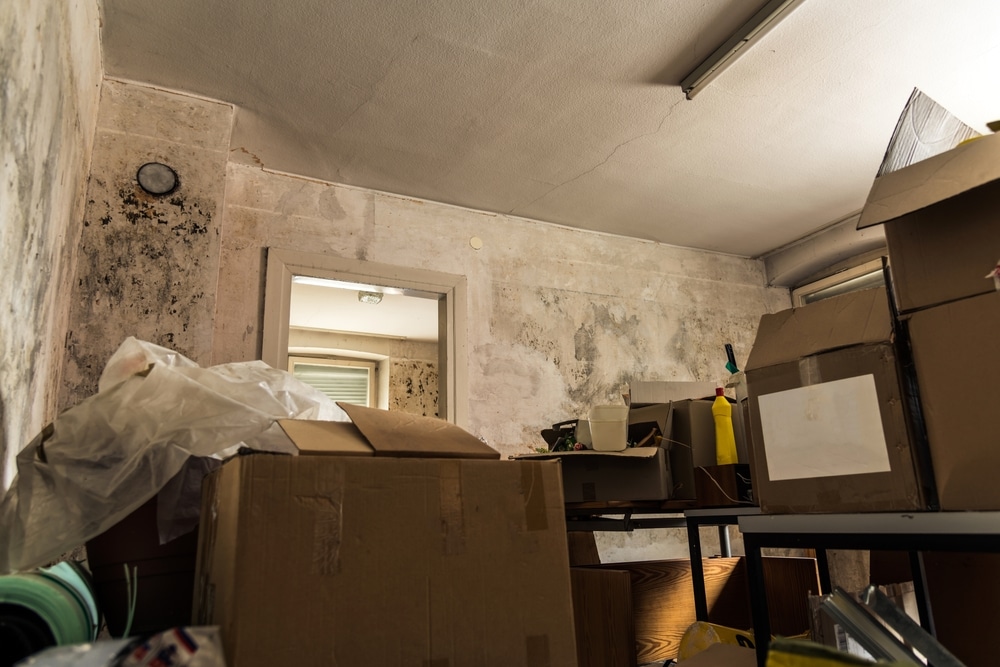
Ignoring mould in your home can lead to a cascade of negative consequences, impacting both your health and the structural integrity of your dwelling. Below is a list of the potential problems it can create:
- Health Concerns: Mould spores irritate the respiratory system, causing coughing, wheezing, and difficulty breathing. This can worsen allergies and asthma, and long-term exposure can lead to headaches, fatigue, and even skin irritation. In severe cases, some studies suggest potential links to neurological problems, though more research is needed.
- Increased Damage: Untreated mould continues to grow, potentially colonizing new areas and causing further damage. This can affect building materials like drywall, wallpaper, and wooden fixtures, leading to expensive repairs.
- Reduced Property Value: Visible mould growth can significantly decrease the value of your property. Potential buyers might be discouraged or make lower offers due to the health risks and potential repair costs associated with mould.
- Legal Issues: In some cases, landlords who neglect mould problems in rental properties can face legal repercussions from tenants experiencing health issues. Additionally, if you are renting a property which develops mould after you moved in, due to poor ventilation management, you could be liable.
- Mental Stress: Discovering mould in your home can be stressful, causing anxiety about potential health risks and the hassle of remediation.
How long does it take for mould to affect a home?
The speed that mould can impact your home is subject to the environment itself. If the source of the mould and surrounding area is wet, moist, dark, and has little ventilation, the mould can spread quickly in a matter of weeks.
Furthermore, if the mould was created as a result of an unaddressed leak, fixing the issue first is going to help to prevent the mould from spreading quickly.
Can you paint over mould?
Technically, yes. But you should not paint over mould with just regular paint. As the mould will travel through the layers eventually. However, there are anti-mould paints that are available that you can use.
For the best results possible with anti-mould paint, you should follow these steps before applying the paint:
- Address the cause of the mould: If it’s from a leak, rectify it. If the mould was caused due to poor ventilation, consider upgrading your extractor fan, and following a ventilation routine.
- Use a mould surface cleanser: A mould surface cleanser will help to remove stubborn mould stains. When used before anti-mould paint, it only helps the anti-mould paint to be more effective.
- Apply the anti-mould paint: Once the surface cleaner has been used, ensure the surface is ready and appropriate to be painted over with the anti-mould paint.
How to combat mould
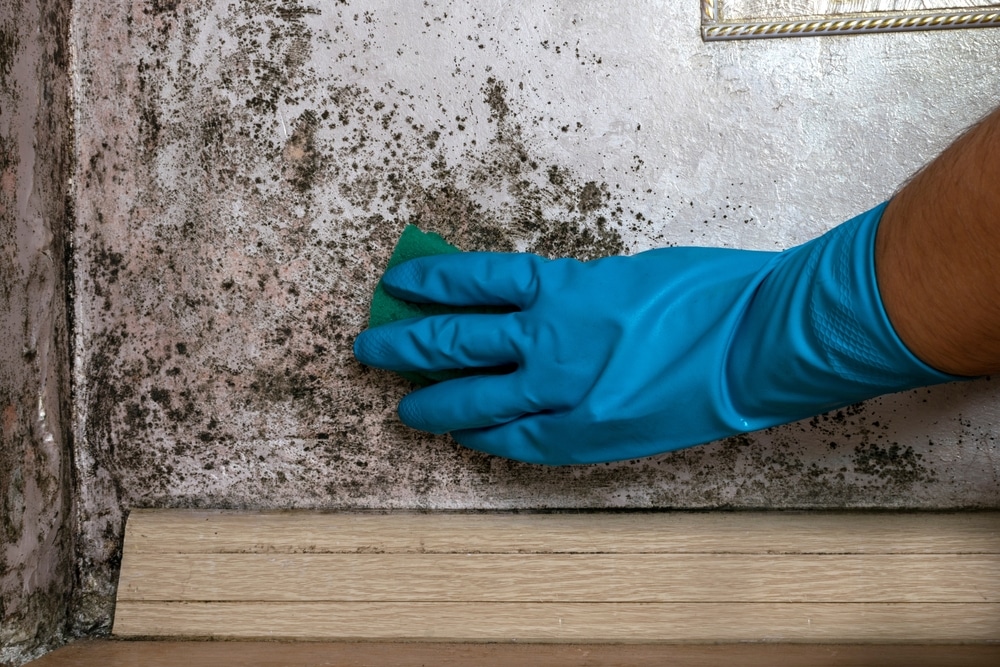
Combating mould is as simple as using an anti-mould surface cleaner, anti mould paint, or even some natural methods such as white wine vinegar can help with a mild case of mould.
However, for severe cases of mould, it would be advisable to contact a professional mould cleaning service, especially if the mould has been unaddressed for an extended period of time.
With that in mind, prevention is the best method of avoiding the need to combat mould at all. So how can you prevent mould?
Proper ventilation is essential throughout your home, especially in moisture-prone areas like bathrooms and kitchens.
Regularly open windows to allow fresh air to circulate and remove excess moisture. Exhaust fans are your allies in these areas – turn them on during and after activities like cooking, showering, or bathing, and let them run for a few minutes afterward to ensure effective moisture removal.
Whenever possible, opt for air-drying clothes. Avoid using indoor drying racks or radiators, as this releases moisture into the air. Ideally, hang clothes outside to dry or utilize a clothes dryer vented to the exterior.
For an extra layer of defence, consider using mould-resistant materials like paint or tiles in moisture-prone areas like bathrooms and kitchens. Regularly clean these areas with disinfectants to remove potential mould spores and prevent their growth. Pay close attention to grout, shower curtains, and around sinks. Finally, avoid storing damp items close to walls, as this can create microclimates suitable for mould growth.
By implementing these preventative measures, you can create a less hospitable environment for mould in your home, promoting a healthier living space. Remember, early detection and addressing the root cause of moisture problems are vital if you discover mould growth.
Remove mould permanently
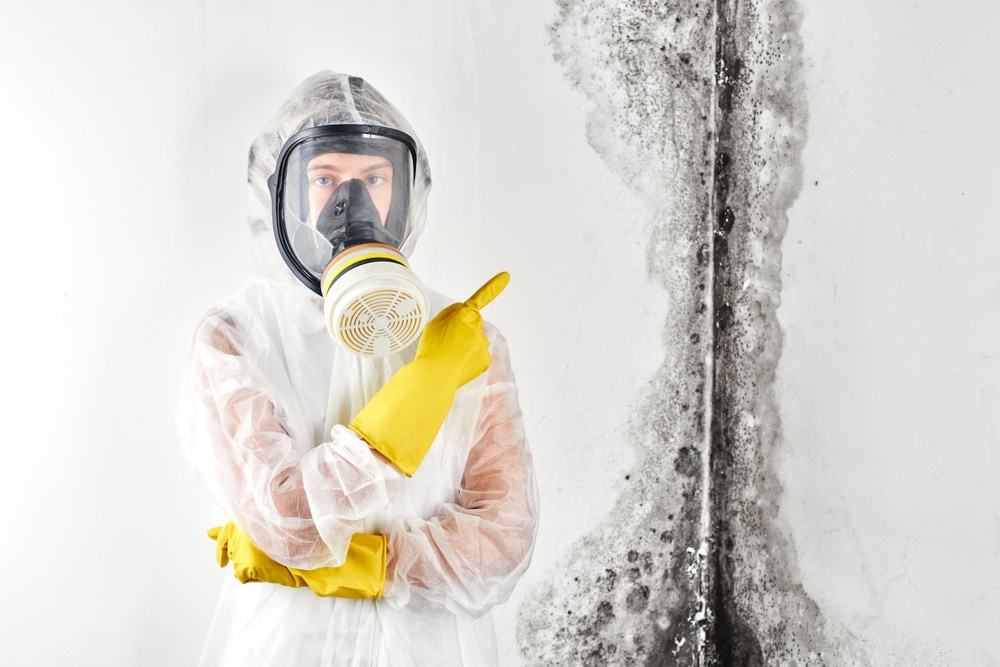
At I-Sells, all things ventilation and ducting related is our speciality, we are here to answer the questions we know are common for those new to HVAC and what it encompasses.
We at I-Sells endeavour to ensure our customers have all the information they require before investing in our mould solutions. Be sure to visit our blog page to learn about the vast array of factors and issues surrounding ventilation, mould, condensation, and much more.
Within this blog, we hope to have shown you what happens if you don’t treat mould in your home.
We understand you may have more questions, do not hesitate to contact us for more information about whatever you need our help with. If you’d like to email us, click here. For other contact options, see below:
Call us on 020 8463 9696
Visit us at our showroom:
*OPENING TIMES*
Monday – Friday: 8:00 am to 5:30 pm
Saturday: 9:00 am to 12:00 pm
Sunday: Closed
15 St John’s Parade
Sidcup, Kent
DA14 6ES
United Kingdom



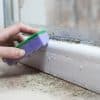


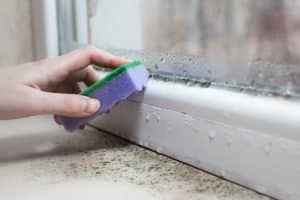




















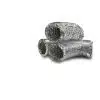

Add comment
You must be logged in to post a comment.